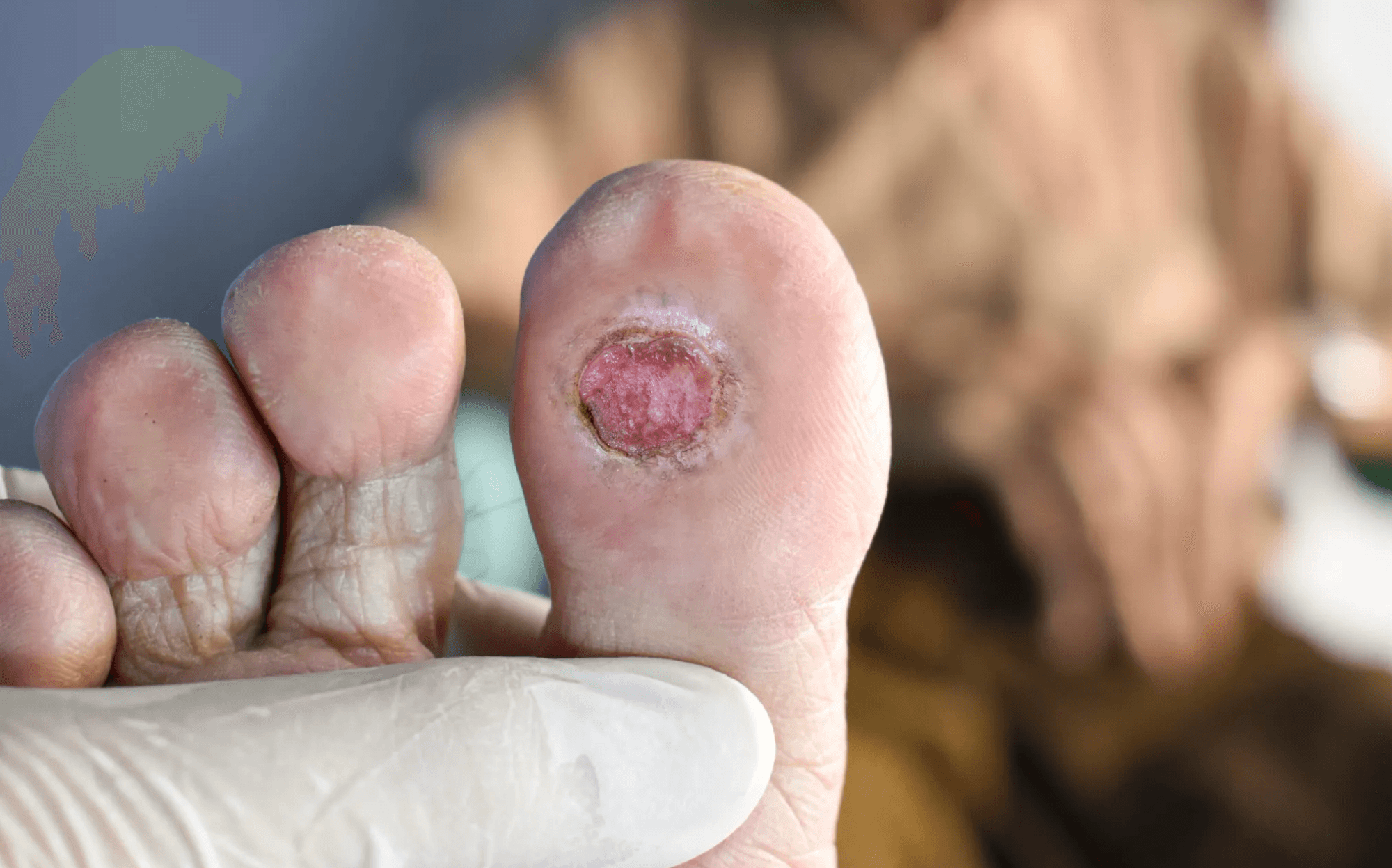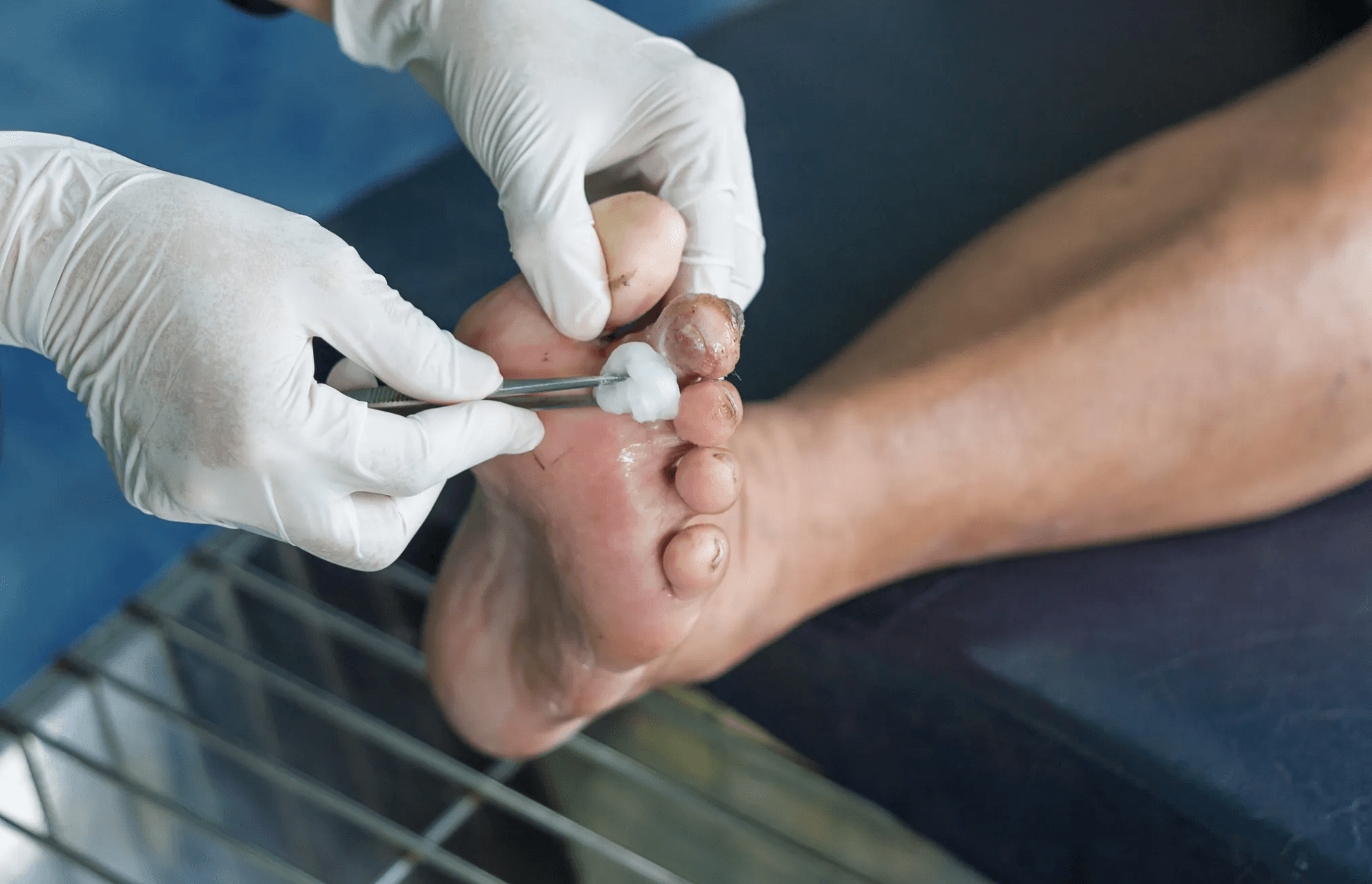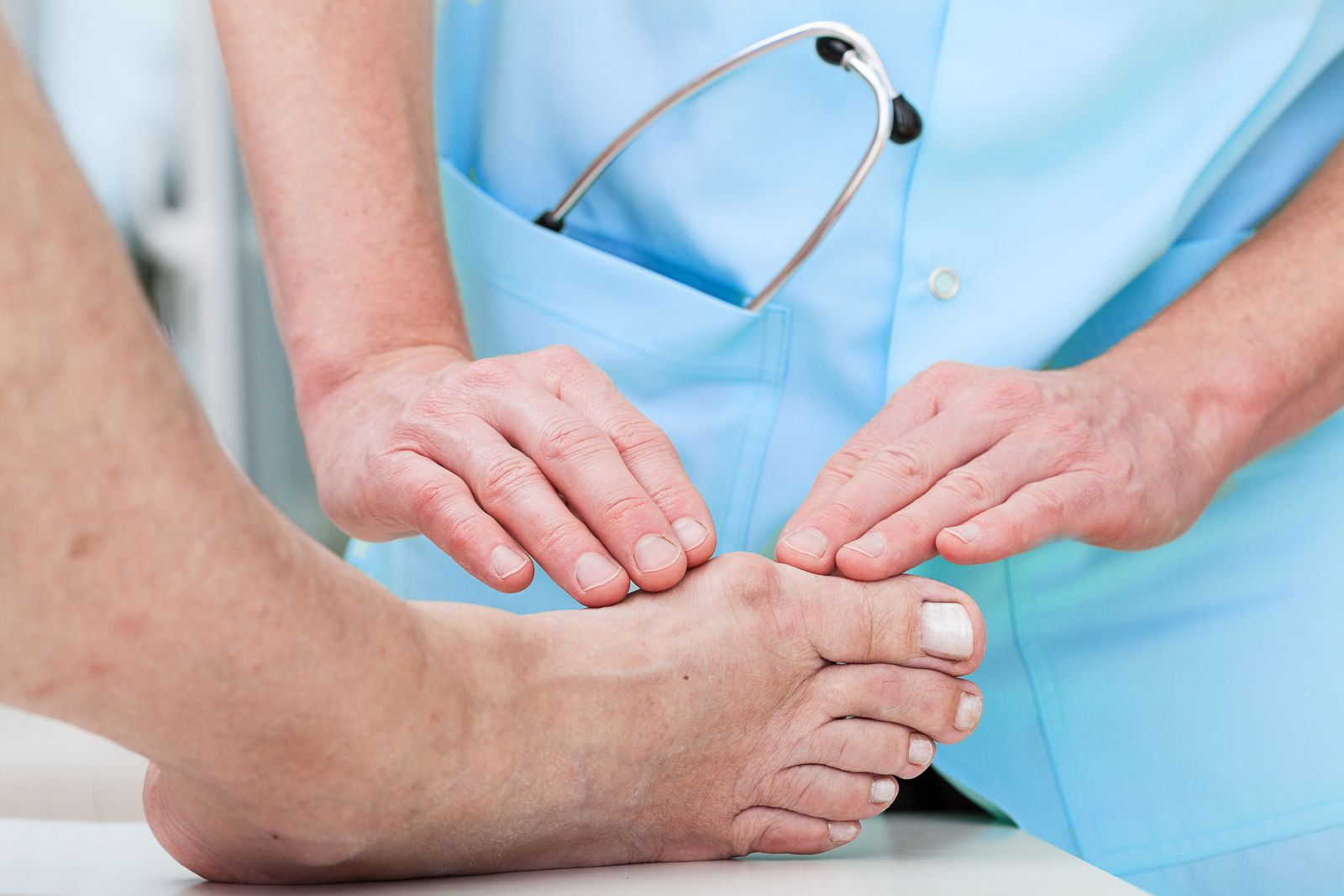Discover how to become a podiatrist with this comprehensive guide. Learn about the steps, timelines, and career opportunities in podiatry.
The first things that come to your mind when considering health care are unlikely to include feet, yet it’s such an integral part of our general health. That’s where podiatrists step in-literally.
In this guide, we’ll take you through all you need to know about how to become a podiatrist. And if you are based in Australia, then this guide is what you need in the process.
Alright, let’s start!
What Does a Podiatrist Do?
A podiatrist is a doctor who specializes in the diagnosis and treatment of disorders affecting the foot, ankle, and lower extremities. These are areas we take for granted until something goes wrong.
That is why you need to know how to become a podiatrist in Australia. Podiatry often goes hand in hand with professions like physiotherapy or general practitioners in general care.
What makes podiatry such a unique career is the diversity in the field. One day, you might be treating an athlete recovering from a sprained ankle; another day, you might fit orthotic devices for a patient with arthritis.
At AHP Podiatry, our team of podiatrists embodies this spirit of care and expertise, and guides you on how to become a podiatrist assistant or just be one.
Steps to Becoming a Podiatrist in Australia
If you’re serious about pursuing a career in podiatry, here’s your guide on how to become a podiatrist in Australia.
Focus on the Right Subjects in High School
You may start this journey right from your high school, where having the proper sets of subjects can set the pace. Experience in biology, chemistry, and other science courses will serve as a good starting point. These subjects will prepare you for the undergraduate coursework you’ll encounter in podiatry school.
Attend an Accredited Podiatry Program
After high school, the next step is a Bachelor’s degree. Several universities offer accredited programs in podiatry in Australia. Some of them include La Trobe University, the University of Western Australia, and Charles Sturt University.
These programs typically take 3-4 years to complete and include a mix of classroom learning and hands-on clinical training.
Gain Clinical Experience
Clinical placements will form part of your podiatry education, where you get to be involved with experienced podiatrists and apply your knowledge in a real-world setting. Besides developing your practical skills, this placement will give you invaluable networking opportunities within the healthcare field.
Register with the Podiatry Board of Australia
The final step, after completing your degree, is registration with the Podiatry Board of Australia, a requirement for anyone wanting to work as a podiatrist in Australia. This registration requires fulfilling specific criteria: proof of qualifications, and for some, additional competency assessment.
Becoming a podiatrist requires serious dedication and hard work, but this is a career that is just as rewarding as it is influential. And if ever in need of guidance on how to become a podiatrist in Australia, know that AHP Podiatry has got your back.
How Long Does It Take to Become a Podiatrist?
One of the most common questions asked by aspiring podiatrists is, “How long does it take to become a podiatrist?” It all depends on the route taken, but here is a general breakdown for Australia:
- Undergraduate Degree: It usually takes 3-4 years to complete a Bachelor’s degree. Theoretical coursework and practical clinical placements go hand in hand to provide ample preparation for the profession.
- Registration Process: After completing your degree, it may take a few weeks to a few months to register with the Podiatry Board of Australia, depending on the requirements and timing of your application.
In total, you can expect to spend around 4 years from start to finish. If you’re planning to specialize in areas like sports podiatry or surgery, additional training and certifications may add a few more years to the timeline.
This may appear long, but it is so rewarding and there are plenty of opportunities to really make a difference in the lives of your patients. And in Australia, with the growing demand for podiatrists, one’s effort will definitely pay off.
How to Become a Podiatrist Assistant
If you’re looking for a quicker way to enter the podiatry field, becoming a podiatrist assistant is an excellent option.
What Does a Podiatrist Assistant Do?
Podiatrist assistants help with tasks like:
- Preparing patients for treatments.
- Sterilizing and organizing medical equipment.
- Assisting during minor procedures.
- Providing administrative support, such as booking appointments.
Steps of How to Become a Podiatrist Assistant:
- Complete Relevant Training: Although there is no degree required for this position, completion of a certificate or diploma in health or allied health assistance is a great starting point. Look for those programs that concentrate on patient care and medical administration.
- Develop Necessary Skills: For this role, a person must have good communication and organizational skills with attention to detail.
- Gain Experience: Most podiatry clinics, including AHP Podiatry, provide on-the-job training for aspiring assistants.
The benefit of being a podiatry assistant is to get a flavor from the career while one decides if the entire career in podiatry is for them. In addition, it is also a rewarding job in its own right, being there for the patients every step of the way.
Career Opportunities in Podiatry
The field of podiatry in Australia is rewarding and full of opportunities. With a growing aging population and increased awareness about foot health, podiatrists are very much in demand across the nation.
Where Do Podiatrists Work?
- Private Clinics: Most podiatrists operate from private clinics and deal with a wide range of conditions.
- Hospitals: This is where podiatrists form a very important member of the multidisciplinary team.
- Sports Medicine: Those interested in athletic performance find that sports podiatry enables them to work with athletes of all levels.
- Pediatrics or Geriatrics: It is rewarding and challenging to specialize in the care of either children or the elderly.
At AHP Podiatry, we pride ourselves on being part of this dynamic and ever-changing field. If you are interested in helping people and want to take the first step, there is no better time to consider podiatry.
How AHP Podiatry Can Help
Interested in starting your career as a podiatry assistant? We are always looking for new members to join our vibrant team. At AHP Podiatry, we can guide you on how to become a podiatrist and provide you with work experience within a professional but friendly environment.
Would you like further information on how to become a podiatrist or any recent podiatry news? Please contact us here for further advice.
At AHP Podiatry, we’re proud to be part of a profession that changes lives one step at a time.
So, why wait?
Visit our website and take the first step today into the rewarding world of podiatry with us.









